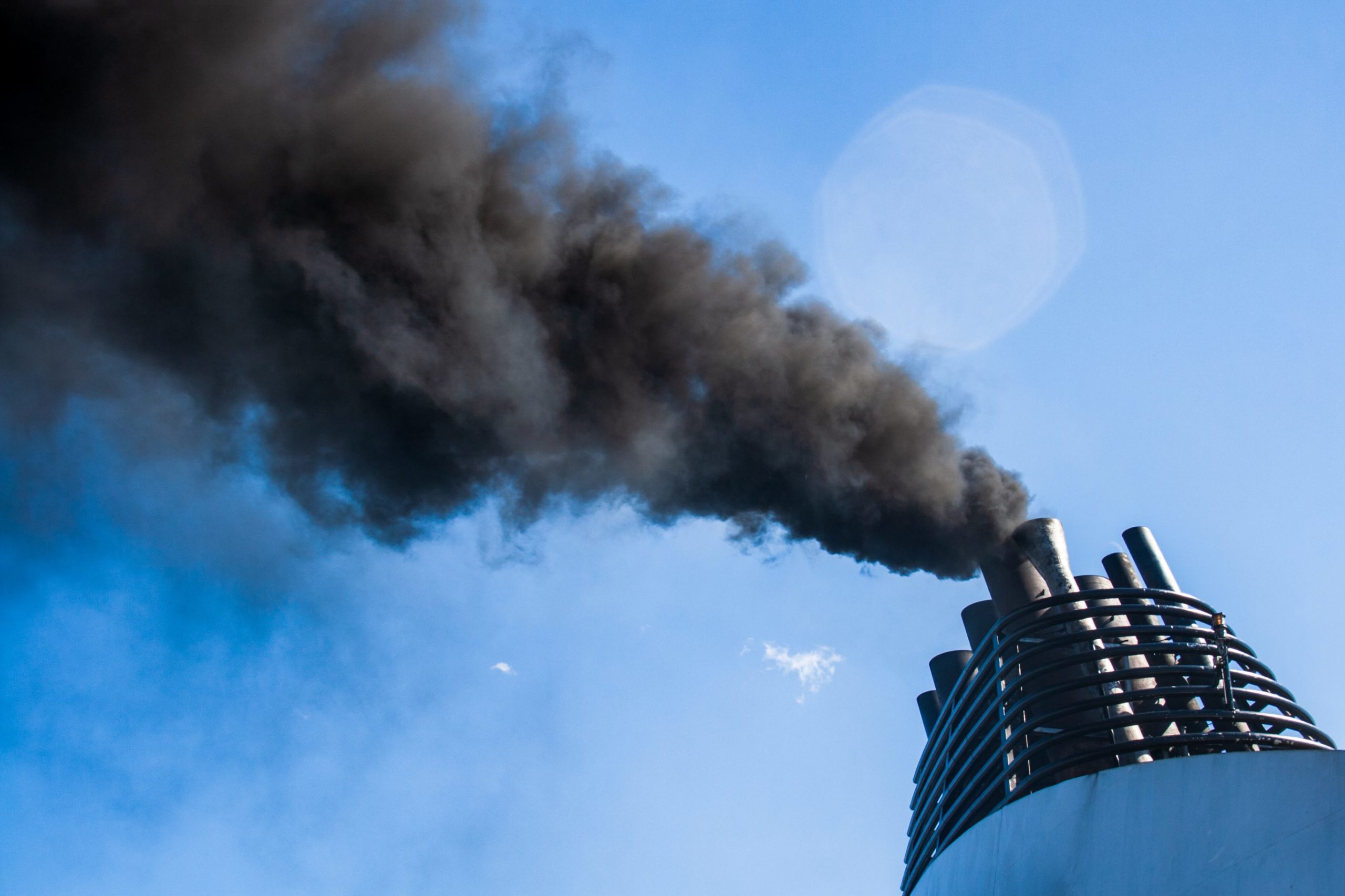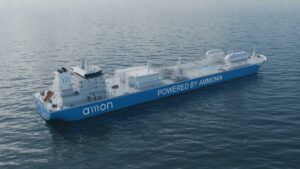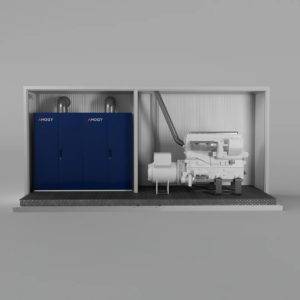
Dry cargo shipowners´association Intercargo expressed its position to the criticism of the Carbon Intensity Indicator (CII), by saying that the current CII framework should not be used as a benchmark for IMO’s medium-term measures.
The International Association of Dry Cargo Shipowners released today a statement, mentioning that its members, expressed their belief that CII cannot be used to achieve the desired decarbonisation goals, as under real life operating conditions it will not deliver equitable, transparent and non-distorting emissions’reductions.
“A number of factors can have a significant adverse impact on a vessel’s CII rating, most of which are outside the vessel’s control. Examples include adverse weather, voyage distance, port waiting times, port infrastructure, and charterers orders. Paradoxically when considering voyage distances and port waiting times, vessels with longer travel distances can produce more emissions but have a better CII rating when compared to vessels travelling shorter distances and producing less emissions”, says Intercargo.
The association which participates with a consultative status at the International Maritime Organization, expresses the position that CII, in the current format, would not achieve the desired decarbonisation goals or targets. As it points out, “while generally supportive of the operational short-term measure, there are significant flaws that need to be addressed in order to make CII fit for purpose”.
It is worth mentioning that the BIMCO Documentary Committee has adopted a CII Operations Clause for Time Charter Parties which will help the industry commercially navigate the complexities of the new CII regulations from the International Maritime Organization.
The new regulations on the carbon intensity of international shipping will come into force on 1 January 2023.
As Bimco says, “owners and charterers need to collaborate and cooperate to manage the IMO objective to reduce carbon emissions. The clause sets out a way forward in a time charter context, where charterers are responsible for the operation of the vessel. Although the owners and charterers have different roles, the task to reduce carbon emissions must be shared and requires both parties to be committed to collaborate to manage this task. When entering into a charter party, or incorporating the clause into an existing charter party, the parties are to agree on a specific CII value to be achieved each year”.


